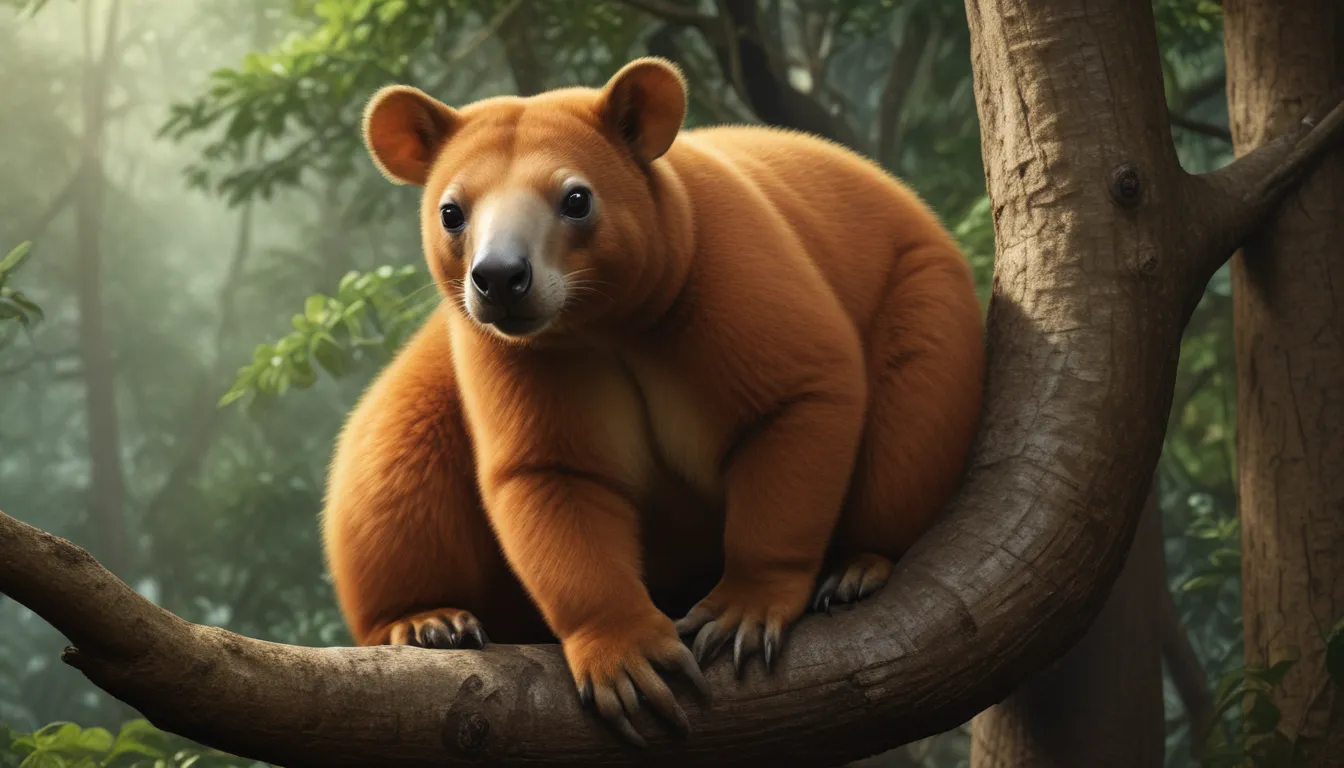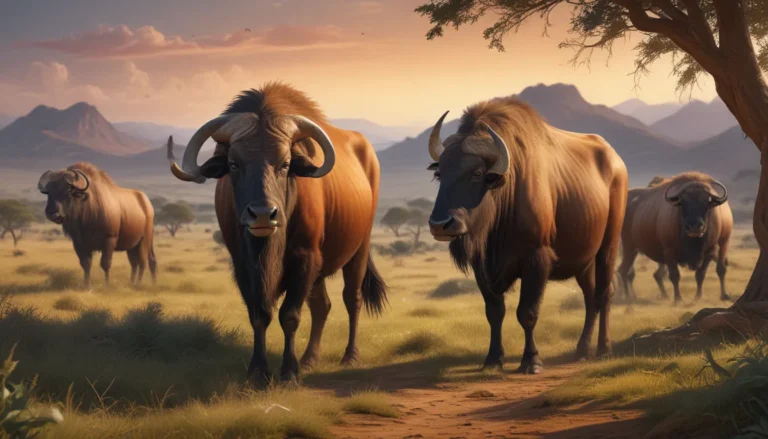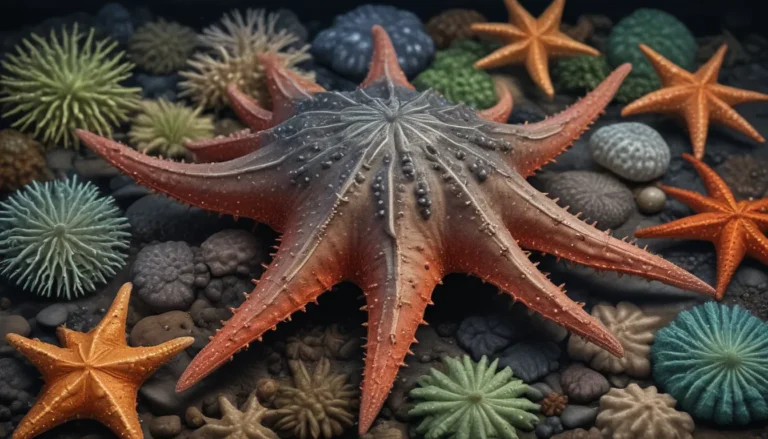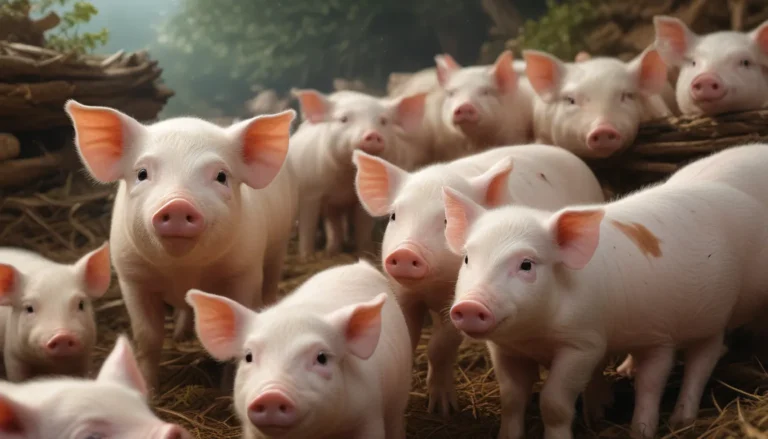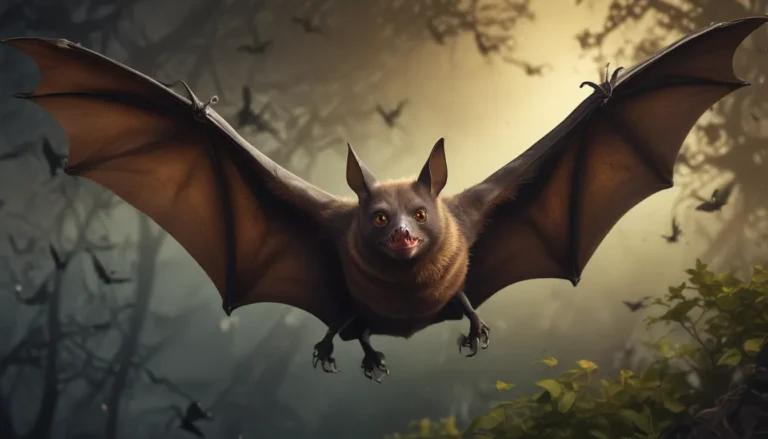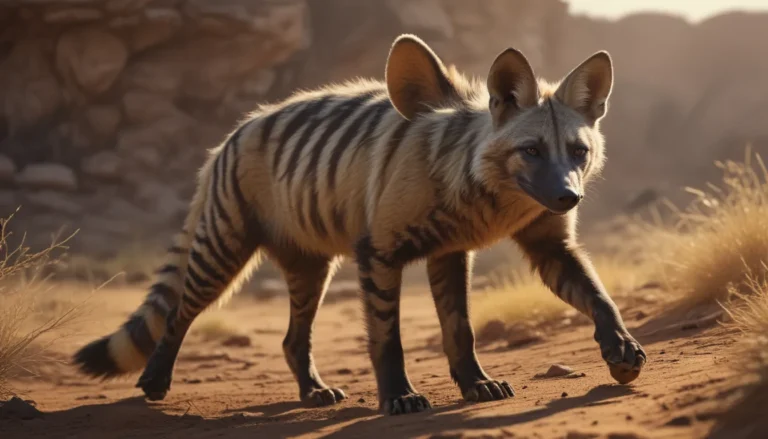The pictures we use in our articles might not show exactly what the words say. We choose these pictures to make you interested in reading more. The pictures work together with the words but don’t take their place. The words still tell you the important facts.
Are you ready to embark on a journey through the lush rainforests of Papua New Guinea, Australia, and Indonesia? Today, we invite you to uncover the hidden world of tree kangaroos, unique members of the kangaroo family that have evolved to thrive in the treetops. These enigmatic creatures may not have the fame of their ground-dwelling relatives, but they certainly possess a charm and allure all their own.
In this article, we will unravel 12 captivating facts about tree kangaroos, shedding light on their intriguing lifestyle, physical adaptations, and the challenges they face in the wild. From their impressive climbing skills to their vital role as seed dispersers, tree kangaroos are a testament to the wonders of evolution and the delicate balance of ecosystems. So, join us as we delve into the world of these marvelous marsupials and learn more about their incredible existence.
The Unique World of Tree Kangaroos
Tree kangaroos, unlike their terrestrial counterparts, have adapted remarkable skills for life in the treetops. These agile marsupials spend most of their lives navigating the forest canopy using their strong hind limbs, long tails, and sharp claws. Their ability to grip tree branches with precision and agility allows them to move effortlessly through their arboreal habitat, showcasing their unique adaptations for life above the forest floor.
A Rare and Elusive Sight
Spotting a tree kangaroo in the wild is considered a rare and elusive sight due to their solitary nature and the dense foliage they inhabit. These magnificent creatures blend seamlessly into their surroundings, making them masters of camouflage. However, catching a glimpse of a tree kangaroo in its natural habitat is truly a moment of wonder, offering a glimpse into the hidden world of these captivating animals.
The Diverse Species of Tree Kangaroos
With 14 recognized species of tree kangaroo, each with its own unique characteristics and distribution range, these marsupials showcase the incredible diversity of the animal kingdom. From the striking facial markings of the Lumholtz’s tree kangaroo to the vibrant red fur of the Matschie’s tree kangaroo, each species offers a window into the fascinating world of evolution and adaptation.
The Remarkable Jumping Abilities of Tree Kangaroos
While tree kangaroos are adapted for life in the treetops, they are also exceptional jumpers. With the ability to leap from tree to tree, covering distances of over 30 feet, these agile marsupials showcase their muscular hind legs that propel them with precision and grace. Their jumping abilities are a testament to their evolutionary adaptations for life in the canopy.
The Versatile Diet of Tree Kangaroos
As omnivores, tree kangaroos have a varied diet that includes leaves, fruits, flowers, bark, and even small animals like birds and reptiles. This adaptability allows them to thrive in the ever-changing rainforest environment, utilizing a diverse range of food sources to meet their nutritional needs. Their versatile diet highlights their role as vital contributors to the ecosystem.
Unique Reproductive Habits
Female tree kangaroos exhibit a unique method of reproduction known as embryonic diapause. After mating, the embryo is only partially developed before entering a period of suspended animation. This pause in development allows the mother to time the birth of her joey when conditions are most favorable for its survival, showcasing the intricate reproductive strategies of these fascinating marsupials.
The Importance of Camouflage
Tree kangaroos have evolved to blend seamlessly into their surroundings, with fur colors and patterns that mimic the dappled sunlight filtering through the forest canopy. This exceptional camouflage not only helps them evade predators but also improves their hunting success, showcasing the intricate adaptations that have allowed these creatures to thrive in their natural habitat.
The Vital Role as Seed Dispersers
As tree dwellers, tree kangaroos play a crucial role in their ecosystems by serving as effective seed dispersers. The seeds from the fruits they consume pass through their digestive system and are dispersed throughout the forest, contributing to the regeneration and diversity of plant life. Their role as seed dispersers highlights the interconnectedness of ecosystems and the importance of preserving these delicate relationships.
The Threat of Habitat Loss
Unfortunately, tree kangaroos face significant challenges due to deforestation and habitat loss, leading to an increased vulnerability to extinction. Conservation efforts are essential to ensure the survival of these magnificent creatures and protect their unique habitats. By raising awareness and supporting conservation initiatives, we can work together to safeguard the future of tree kangaroos and the ecosystems they inhabit.
The Unique Vocalizations of Tree Kangaroos
Tree kangaroos communicate using a range of unique vocalizations, including chattering, growling, and hissing. These sounds play a vital role in marking territories, attracting mates, and maintaining social bonds within their largely solitary existence. The diverse vocalizations of tree kangaroos highlight the importance of communication in their complex social interactions and behavior.
The Multi-Purpose Tail
The tail of a tree kangaroo serves multiple purposes, acting as a crucial tool for balance, counterbalance during climbing and jumping, and even as a blanket to keep them warm and protected during rest. The versatile tail of tree kangaroos showcases the incredible adaptations that enable these marsupials to thrive in their arboreal habitat, highlighting the ingenuity of evolution in shaping their unique characteristics.
Conclusion
In conclusion, tree kangaroos stand as remarkable creatures that embody the extraordinary diversity of the animal kingdom. Their unique adaptations, intricate behaviors, and vital role in forest ecosystems underscore the importance of protecting these captivating marsupials and the habitats they call home. By understanding and appreciating the wonders of tree kangaroos, we can work together to ensure their continued existence for generations to come.
FAQs
- What do tree kangaroos eat?
-
Tree kangaroos primarily feed on leaves, fruit, and flowers, with some species also consuming bark, sap, and insects.
-
How do tree kangaroos move in the trees?
-
Tree kangaroos use their strong limbs, tails, and claws to swing from branch to branch, leap between trees, and grip onto tree trunks and branches.
-
Are tree kangaroos endangered?
-
Many species of tree kangaroos are threatened or endangered due to habitat loss caused by deforestation and human encroachment, highlighting the importance of conservation efforts.
-
Do tree kangaroos have pouches?
-
Yes, like other kangaroo species, tree kangaroos have pouches in which they carry and nourish their young, known as joeys.
-
How high can tree kangaroos jump?
- Tree kangaroos can jump up to 30 feet from tree to tree, showcasing their powerful hind legs and tails that provide balance and guidance.
In a world filled with enchanting creatures and diverse ecosystems, the tree kangaroo stands as a shining example of the beauty and complexity of nature. As we continue to learn and appreciate the remarkable adaptations and behaviors of these marsupials, we are reminded of the importance of conservation and preservation in safeguarding the wonders of the natural world. Let us all join hands in protecting the habitats and species that make our planet a truly extraordinary place to call home.
